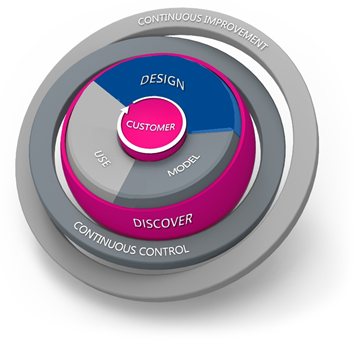Target operating model
Bla bla
Cases and registers
Bla bla
See also
More information on how to design dynamic processes in Blueriq can be found here: Designing dynamic processes.
How aggregates are used to model cases can be found here: Designing cases using aggregates.
Everything about persistency management and aggregates can be found here: Persistency Management guide.
A visualization of most concepts discussed in this article can be found here: Blueriq visuals.
Overview
Content Tools
